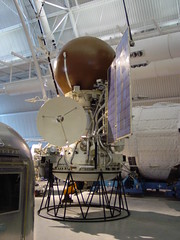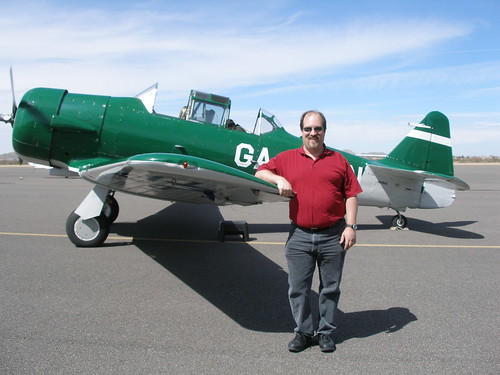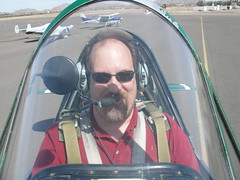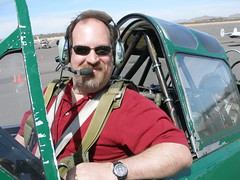Back in January - I took family down to Tucson area to see the Pima Air and Space Museum and the Titan Missile museum. If you haven't figured it out already - I am a bit of a aircraft & defense issue nut. Just a nut - not a freak. I have a life otherwise.
While we were waiting for our tour, I was browsing the books at the Gift Shop - and ran across what I thought was going to be a cheesy little guidebook to the Russian (former Soviet) space program. It is titled Russian Spacecraft by Robert Godwin. Initially it didn't look like much - especially with only 96 pages - but the author did a good job of putting in the important facts. Like;
- Russian boosters were fueled w/ Kerosene & Liquid Oxygen (LOX) - instead of the US preference to Liquid Hydrogen (LH2) and LOX. And this dictated a lot of the design issues (not having the extra oomph of the cryo-fuel)
- Early Cosmonauts were ejected from their capsule on re-entry and parachuted to the ground themselves (because the parachutes on the capsule wouldn't slow it down enough)
- The Booster/launcher used to launch Soyuz and Progress capsules to the International Space Station today - is an modification of the early R-7 ICBM - which was used to put Yuri Gagarin into orbit.
But there were other things in this book - that immediately caught my eye (and finally swayed me to purchase to bring home to read). Like;
- The Russian Space program was truly mired in bureaucracy. The 'Designers' (like the great Korolev) fought harder among themselves for funding of their dreams/proposals at times harder than against the US Space program.
- the famed N-1 super-booster - did actually leave the launch pad an astounding four times. But due to the funding issues - it was never successful (zero for 4). More on that later.
- A 'Polythem' orbit anti-satelite weapons platform
I think the N-1 was held in almost mythical proportions by the US during the race to space - at least publicly. I don't ever remember seeing pictures of it, and was amazed when I first read that a not so secret US Intelligence agency, had a scale model of the N-1 launch complex in their on-site Museum.
Once Glasnost struck - then info started pouring out. Even the National Air and Space Museum in Washington DC put a model of an N-1 on display (it was built by a model builder who donated it to the Museum to go next to a Saturn V in the same scale).
Speaking of the NASM - this is a picture of a Russian Vega probe that was given to the museum - and is now on display in the 'Space Hall' the Udvar-Hazy Center out at Dulles, VA.

Ok - back to the N-1. So before this little Pocket Guide, I (and my brother - the aspiring Aerospace Engineer - don't laugh - he graduates this Spring - and has real job offers already) thought that the N-1 never made it off the pad. And that's what hooked me about this book - because it had a picture of a night shot of the N-1 clearing the pad.
Now - it was never successfully flown - and the longest flight listed was just over a minute. But it was fresh info.
[You have to realize - that when I realized in college, that while I could run a computer just fine, I just didn't have the mindset to program one. So in an attempt to complete any degree and join the military - I switched to History. And one of the classes I had to take - was how to research. And my paper was going to be how to research the Soviet space program. Ala James Oberg (a former NASA engineer - who has become one of the foremost Space Experts). I think I got a 'B' on the paper - because I neglected one small fact. I don't read, speak or understand Russian. The prof said it wouldn't stop the research, just make it much more difficult!]
Ok - this one has been dragging on long enough. If you want more info on the N-1, may I suggest these two sites;
- Wiki and
- My Space Museum
Maybe when I rediscover my motivation for this post - I will write up the Polythem.













